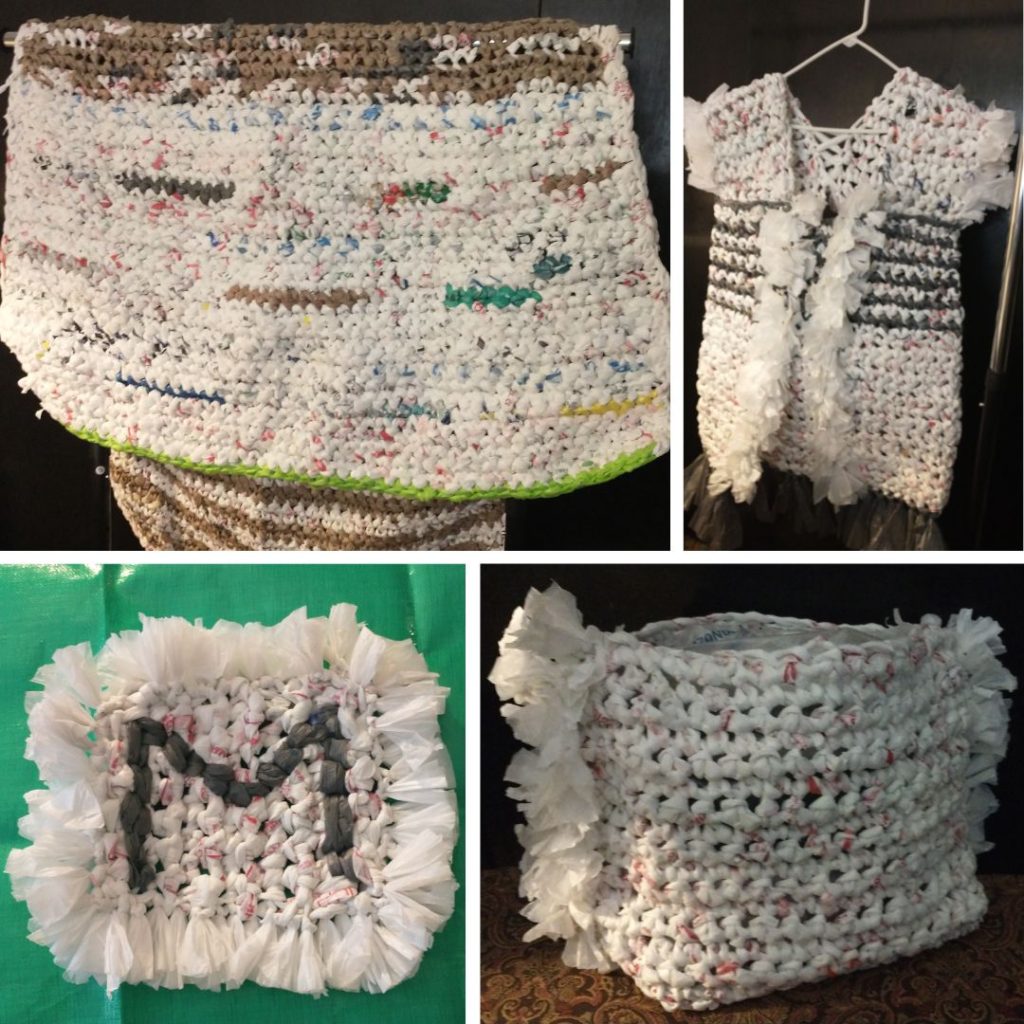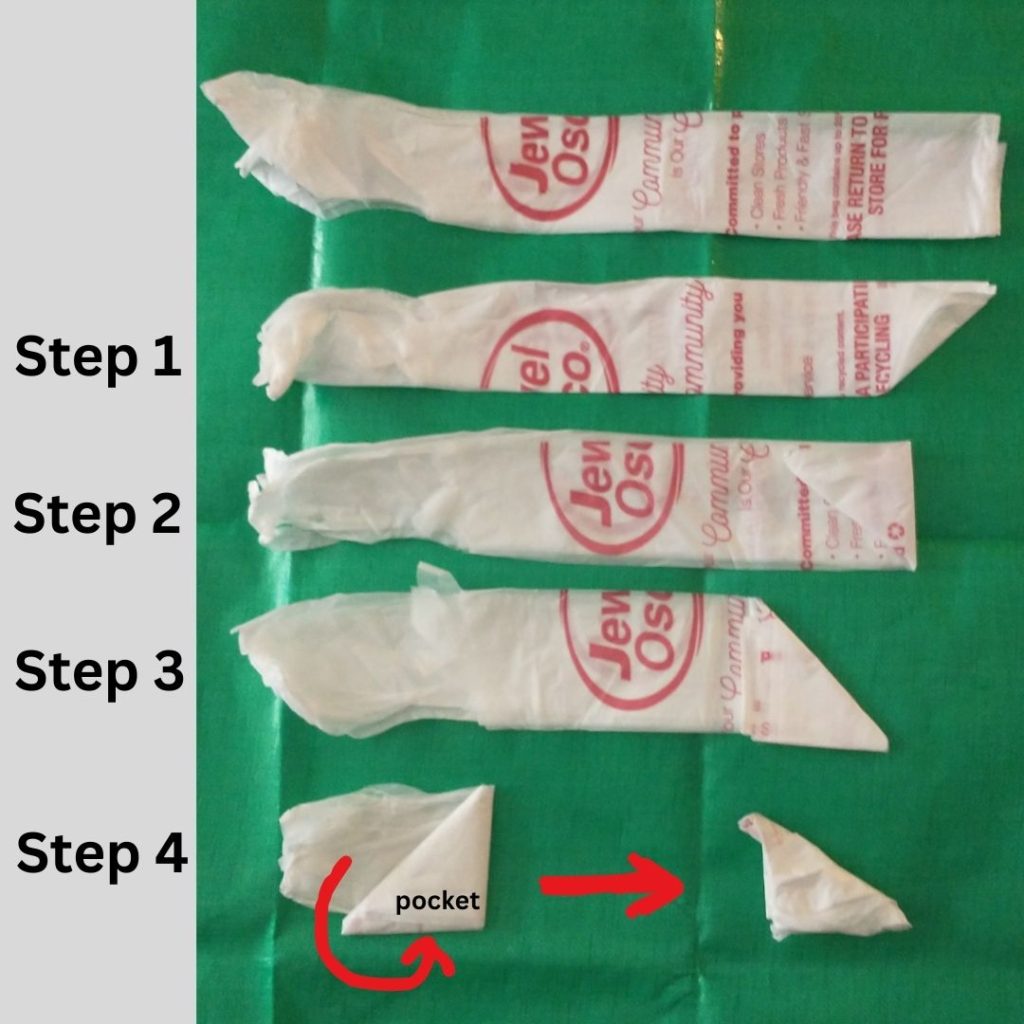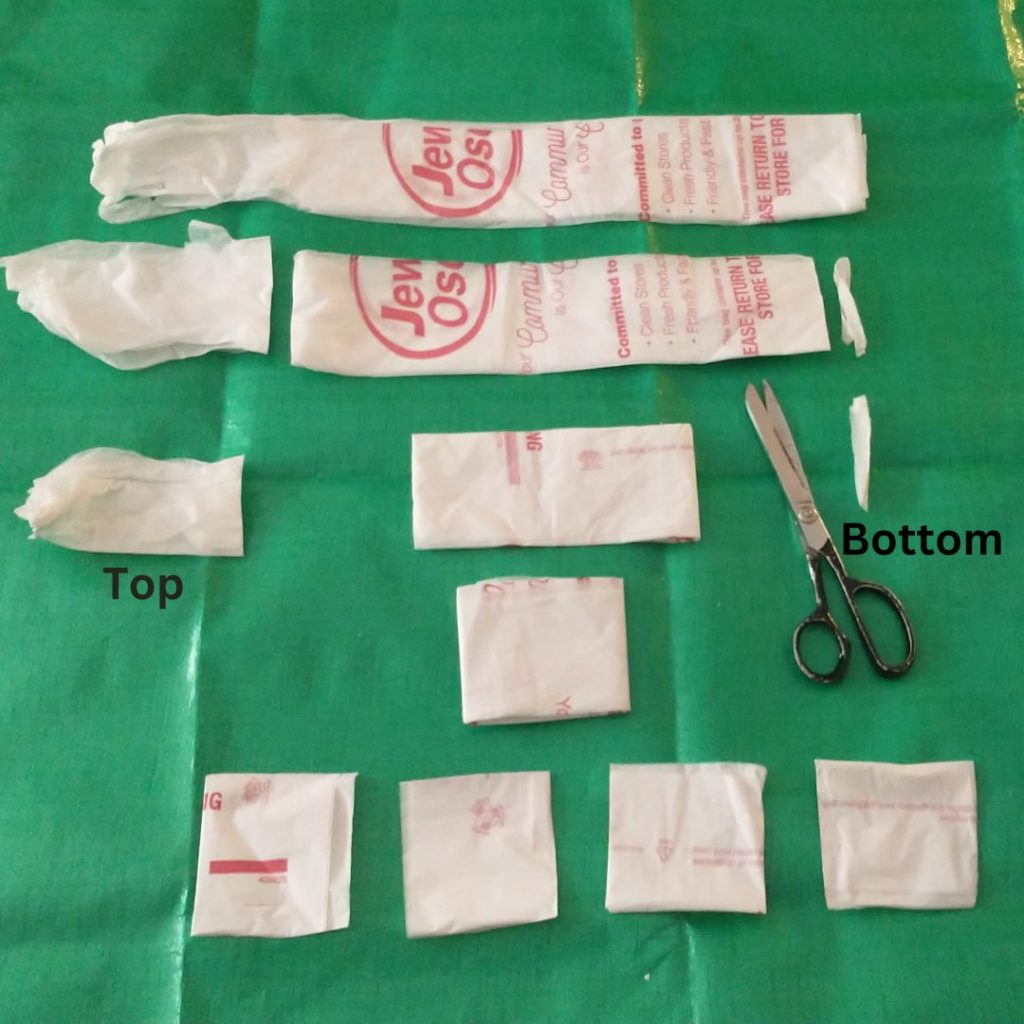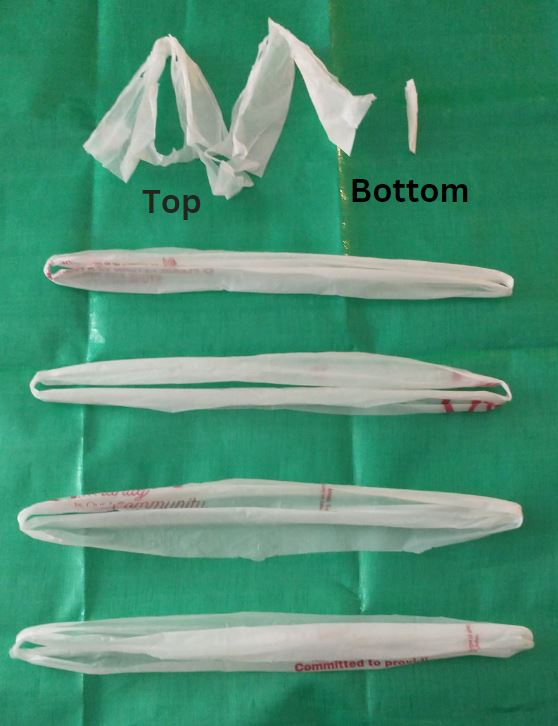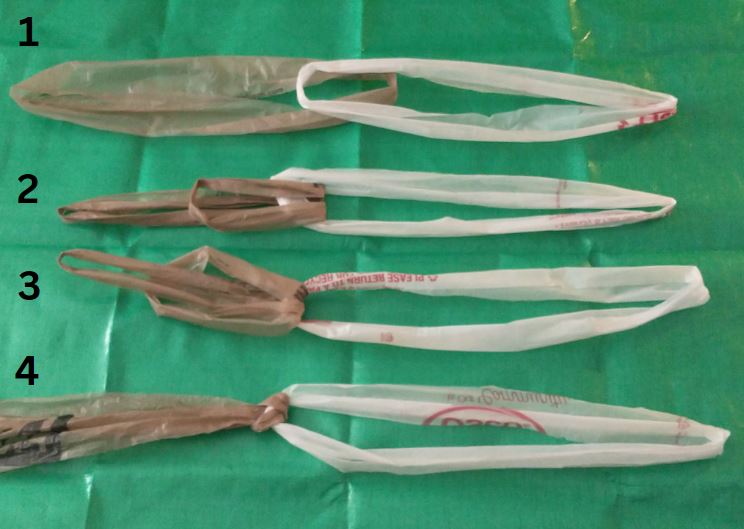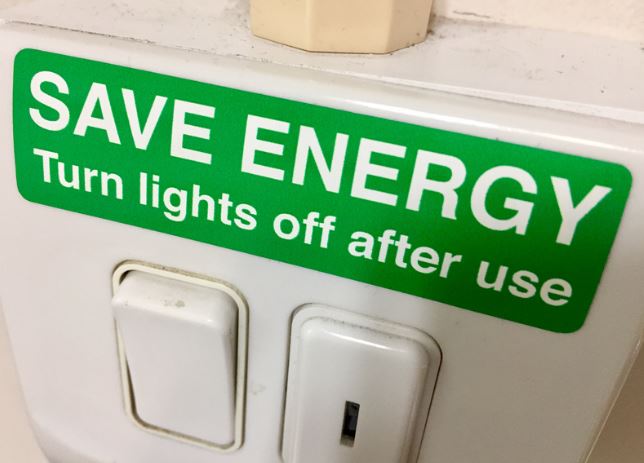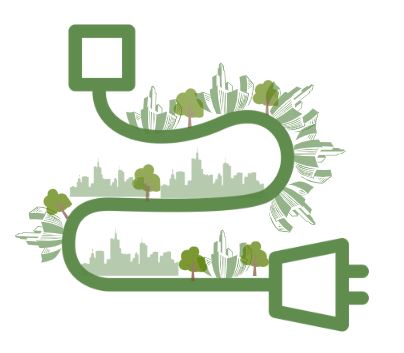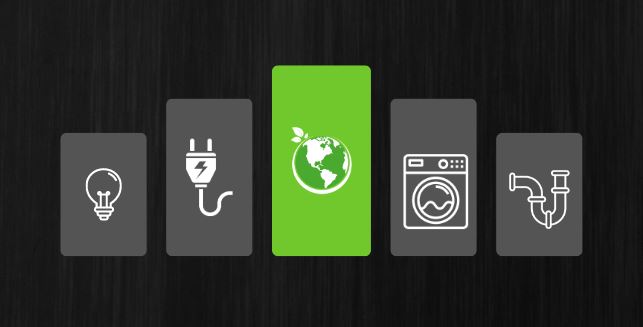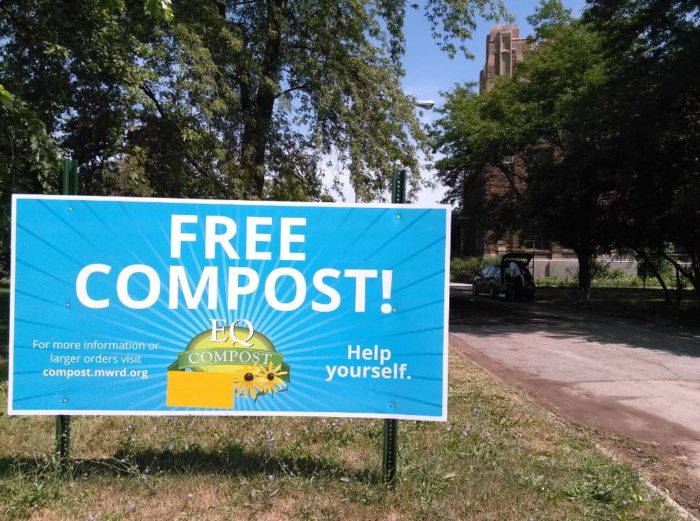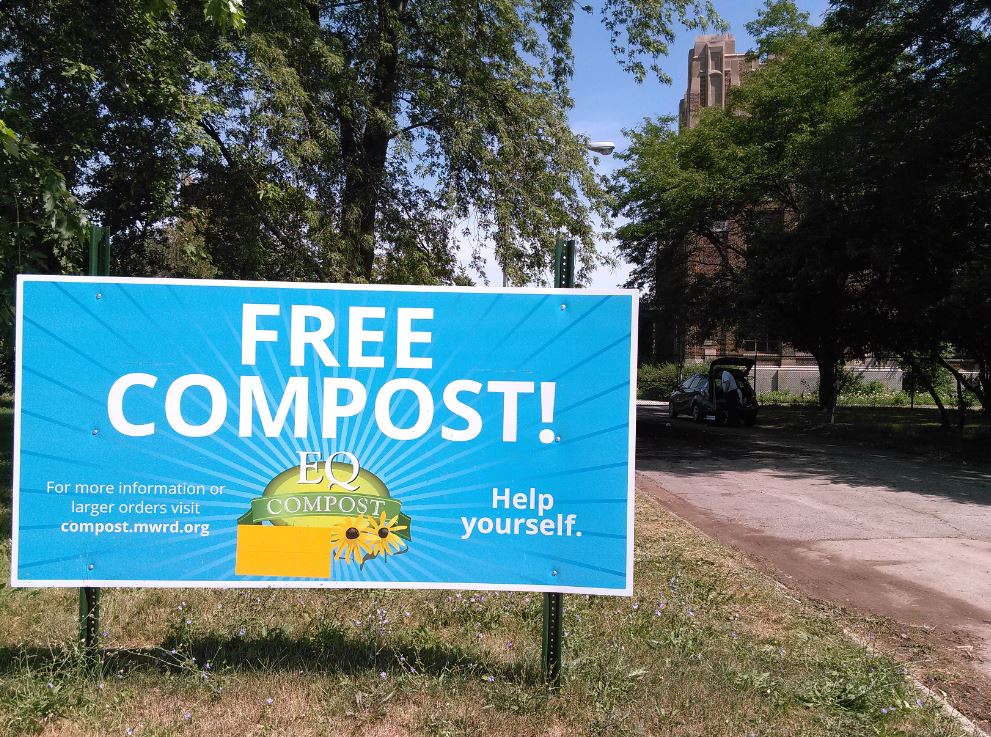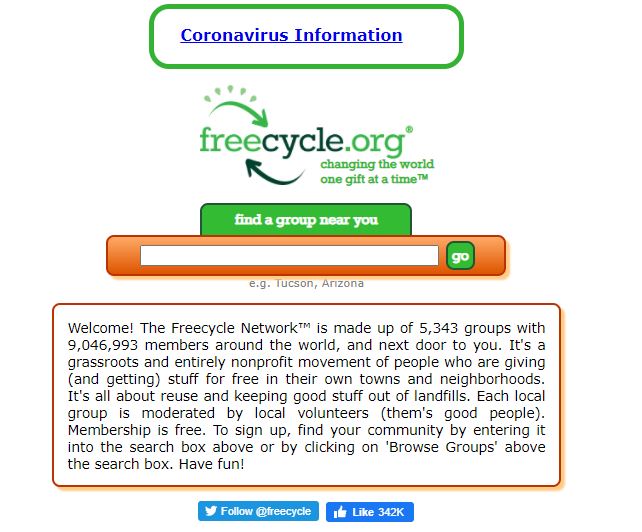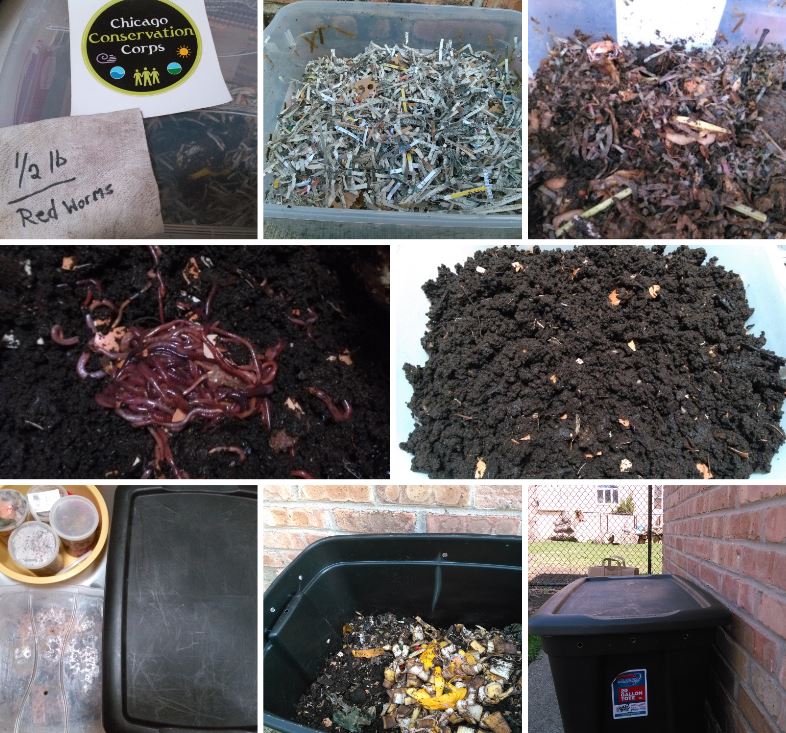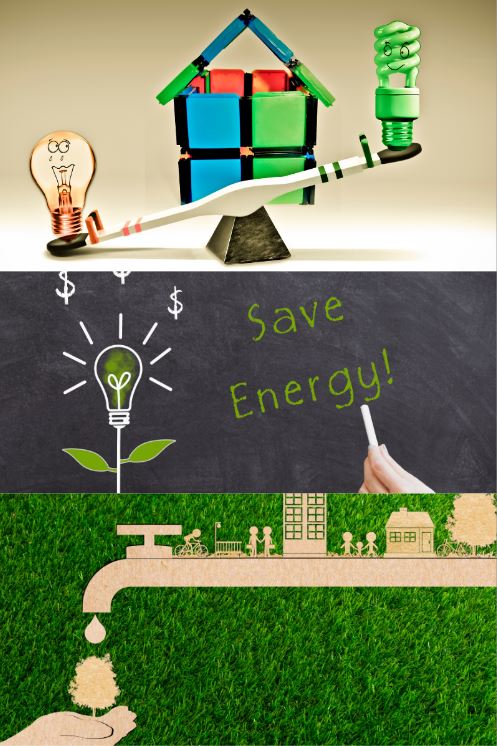Indonesia is the world’s largest archipelago, with more than 17,500 islands. The country is a home of 600 distinct ethnic groups with different cultures and traditional dishes. There are various Indonesian traditional plant-based dishes and my favorite one is a stir-fry Kangkung (Water Spinach) or we usually call it, “Tumis Kangkung“.

Indonesia Map (Source: Google Map)
This dish has a special place in my heart because it was part of my survival meal when I was a cash-strapped college student living on an island far away from my parents after high school. For me, who had never cooked before, this dish was cheap and easy to prepare .
Now that I live in Chicago, this dish also cures my homesickness. Thanks to the Asian (Thai-Vietnamese) grocery stores in the Uptown Chicago neighborhood, I can get all the cheap ingredients I need for this dish.
After years of buying Kangkung from the store, I recently started to grow it in front of the window. Instead of composting the leftover stems like I used to do, I placed them in jars full of water. They surprisingly grow well even during winter as long as they are not deprived of water.

After about 4-5 months, I harvested Kangkung and stir-fried it with spicy sauce or sambal I prepared days before. My sambal consisted of red chili peppers, garlics, shallots, candle nuts, lime leaf, and salt. I use this sambal as condiment for other Indonesian dishes. I also added a bit of dried shrimp, slices of ginger to my stir-fry Kangkung. For sweet taste, I added a tablespoon of soy sauce, and cherry tomatoes.
I used the cherry tomatoes that I harvested from my garden and froze them in a Ziplock bag. Cherry tomato is an easy plant to grow from seed. I am grateful to have an abundant harvest every time I grow them and they last for more than a year being frozen in a Ziploc bag. I simply drop frozen cherry tomatoes in a dish or soup whenever I need them.

After finished cooking, I love to enjoy Kangkung with steamed white rice, fried tofu, and more sambal. I usually can finish this Kangkung dish all in one sitting.
Other ways to cook Kangkung can be found on Youtube by searching “Stir-fry Kangkung”.
It feels great to be able to grow veggies and enjoy them in a meal that can remind me, an immigrant, of how I survived my past difficult life in my home country, far far away from Chicago.



